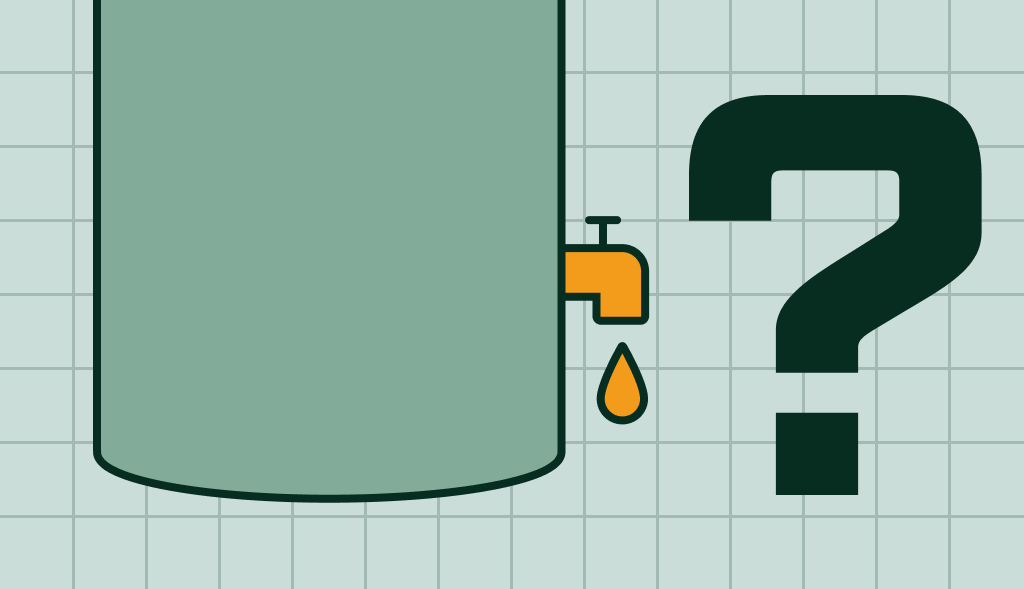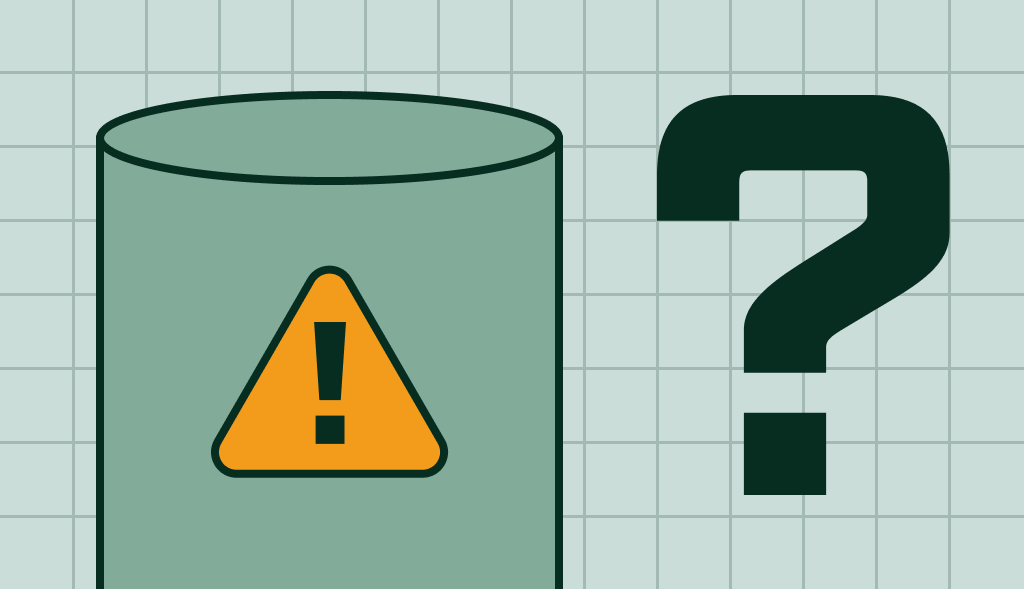How Often Should You Flush Your Water Heater?

A water heater is a significant investment that serves a vital role in your home. Therefore, ensuring its longevity and efficiency is a key part of homeownership. One essential aspect of maintaining a water heater is to regularly flush the tank. This article will guide you through the process and frequency of flushing your water heater, and how installing a Corro-Protec powered anode rod can improve the long-term care of your unit.
Why Flush Your Water Heater?
Understanding Sediment Buildup
Over time, sediment can start building up in your water heater. This sediment originates from the minerals present in the water, especially if you live in an area with hard water. The build-up of sediment at the bottom of the tank can lead to numerous issues, such as:
- decreased efficiency,
- clogging, increased energy use,
- even potential damage to the heating elements.
The Role of Flushing in Water Heater Maintenance
To prevent sediment from causing these issues, one of the most recommended practices in water heater maintenance is to regularly flush the tank. Flushing a water heater involves draining the tank’s water to remove the sediment that has settled at the bottom.
How Often Should You Flush Your Water Heater?
Frequency Based on Water Hardness
The frequency of a heater flush largely depends on the hardness of your water. If you live in an area with hard water, it’s recommended to flush your water heater at least once a year. This is because hard water contains higher mineral content, leading to quicker sediment buildup. If you’re in an area with softer water, a flush every two to three years should be sufficient.
Frequency Based on Water Heater Type
Additionally, the type of water heater you have may affect the flushing frequency. Traditional tank-style water heaters, including gas water heaters, typically require more frequent flushing due to the continuous storage of water, providing more opportunities for sediment to settle.
On the other hand, tankless water heaters may require less frequent flushing as they don’t store water. However, they should still be flushed regularly to remove any scale buildup on the heating elements.
Flushing Your Water Heater: Step-by-Step
Preparing for the Flush
Begin by shutting off the water supply to your hot water heater. If you have a gas water heater, turn off the gas supply. For an electric heater, ensure the power is switched off.
Performing the Flush
Next, attach a hose to the drain valve located at the bottom of the water heater tank. The other end of the hose should be positioned where it can safely discharge hot water and sediment, such as a garden or driveway. After this, slowly open the drain valve, and the water should begin to flow out.
It’s crucial to open a hot water tap in your home during the flush. This allows air to enter the tank and facilitates the water flow out of the tank. Once the water runs clear from the hose, you’ve effectively flushed the sediments from your water heater. Finally, close the drain valve, disconnect the hose, and restore the water and power or gas supply.
Enhancing Water Heater Maintenance with Corro-Protec
The Corro-Protec Advantage
While flushing your water heater can help remove sediment, it’s also beneficial to consider preventing excessive sediment buildup in the first place. This is where a Corro-Protec powered anode rod comes into play. The Corro-Protec anode rod is a long-term solution designed to combat the corrosion process that contributes to sediment buildup.
Unlike traditional sacrificial anodes that deplete over time, the Corro-Protec anode rod provides continual protection without self-sacrificing, reducing the build-up of sediment.
By reducing corrosion and sediment buildup, a Corro-Protec anode rod can help maintain the efficiency of your water heater, minimize maintenance like frequent flushes, and extend its lifespan. In other words, it’s an investment in long-term protection for your water heater.
Conclusion
Regularly flushing your water heater is an important aspect of water heater maintenance that can help your system operate more efficiently and last longer.
Installing a Corro-Protec anode rod into your maintenance routine can further enhance these benefits, providing robust protection against corrosion and sediment buildup. By investing time in maintenance now, you can enjoy reliable and efficient hot water for many years to come.
DISCLAIMER: The information provided is for general DIY guidance on water heater maintenance and does not replace professional advice or service. Risks include electric shocks, burns, and property damage. Prioritize safety, follow manufacturer’s guidelines, and consult with professionals if unsure. Comply with local laws and obtain necessary permits. Use this information at your own risk; the provider assumes no liability for any injuries or damages. If in doubt, hire a professional.
Blog
Water Heater Recirculating Pump : Why And How Does It Work?
What is a Hot Water Recirculating Pump and How Does It Benefit Your Home? Every homeowner knows the inconvenience of waiting for hot water to […]
Troubleshooting: Why Your Hot Water Heater Is Not Working
When you want a warm bath or shower but only get cold water, it can be really annoying. If your hot water heater isn’t working, […]

